When it comes to trekking in Nepal, Annapurna Base Camp Trek vs. Everest Base Camp Trek always hits the mind. These two destinations stand out as popular choices for adventurers: Annapurna Base Camp and the famous Everest Base Camp.
Both offer breathtaking views, unique challenges, and unforgettable experiences.
Thus, in this article, we will compare the two very popular treks.
We will explore the differences in terrain, difficulty level, and overall trekking experience.
By the end, you will have a better understanding of what each trek has to offer.
This will help you decide which one is best suited to your preferences and abilities.
Table of Contents
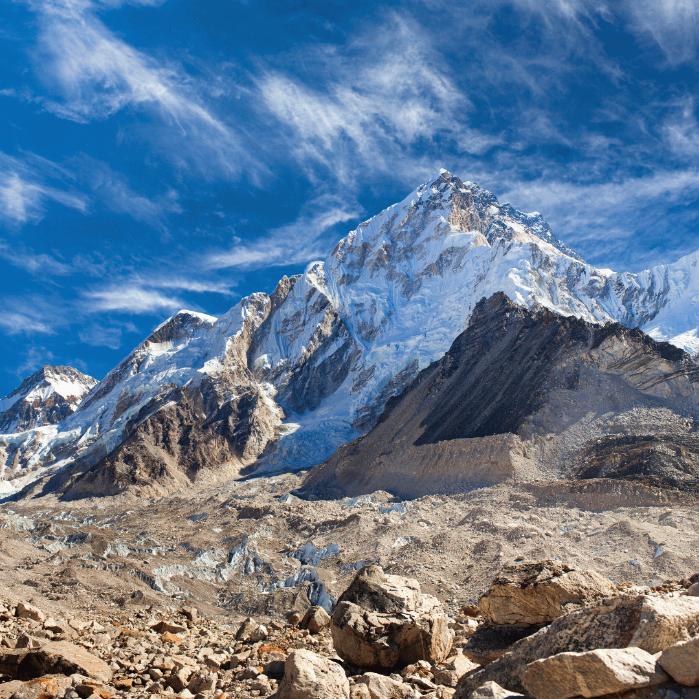
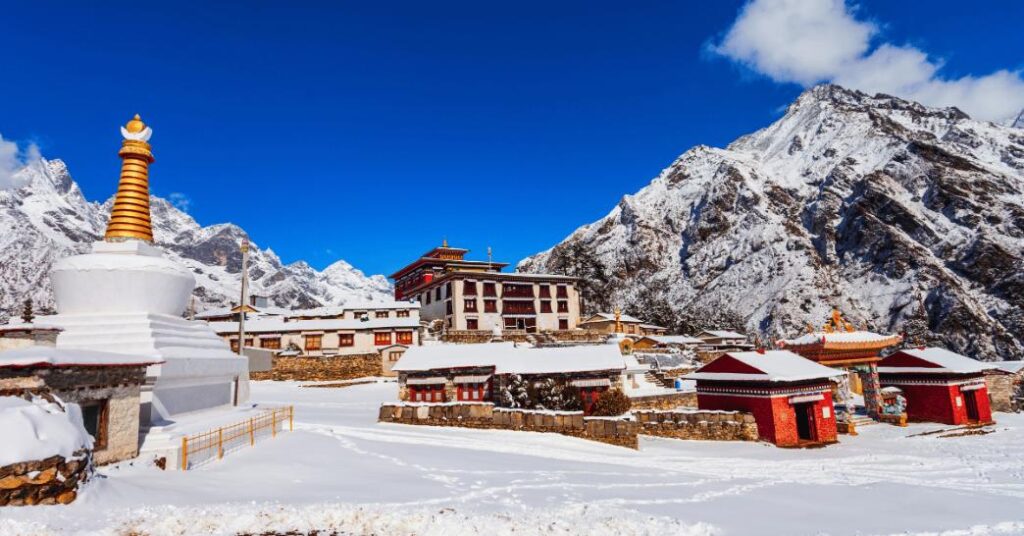
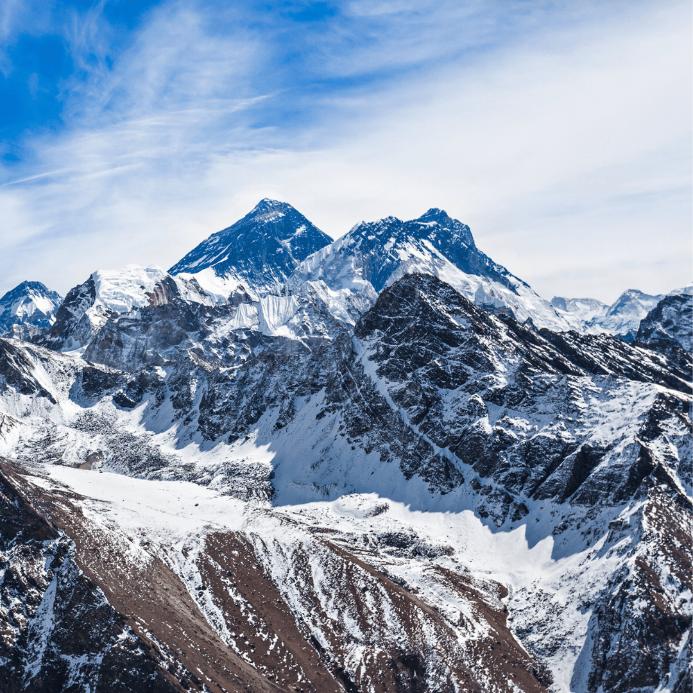
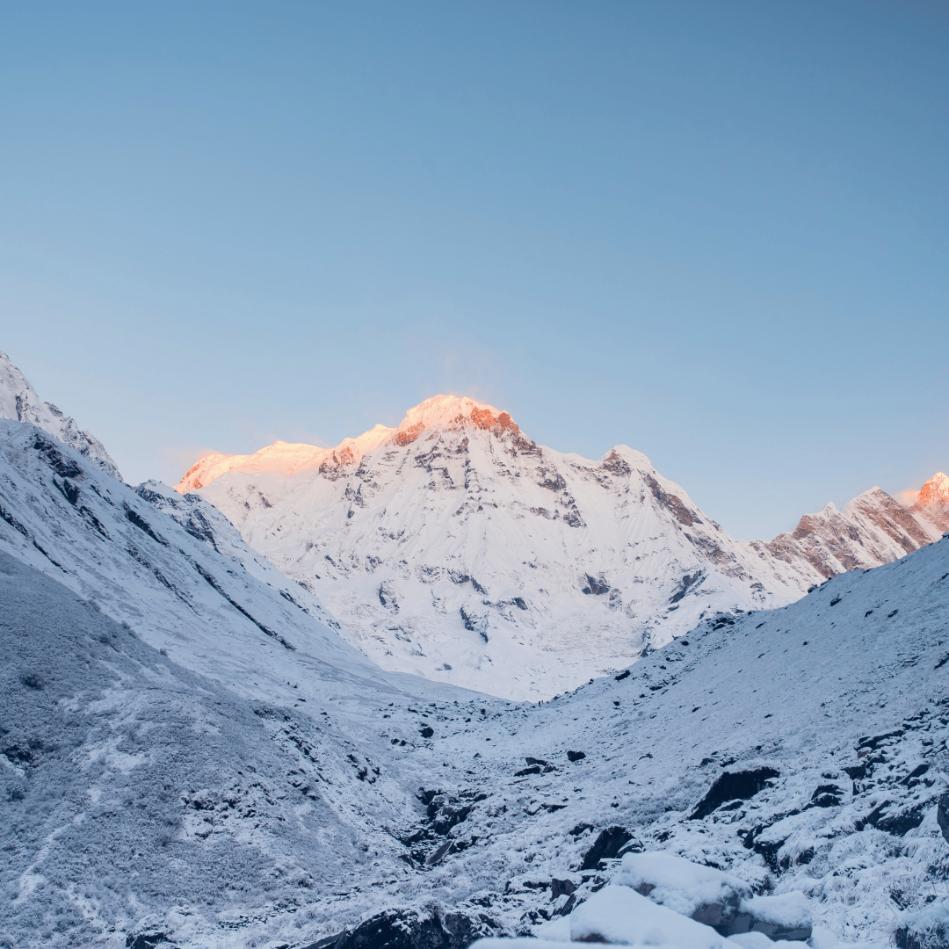
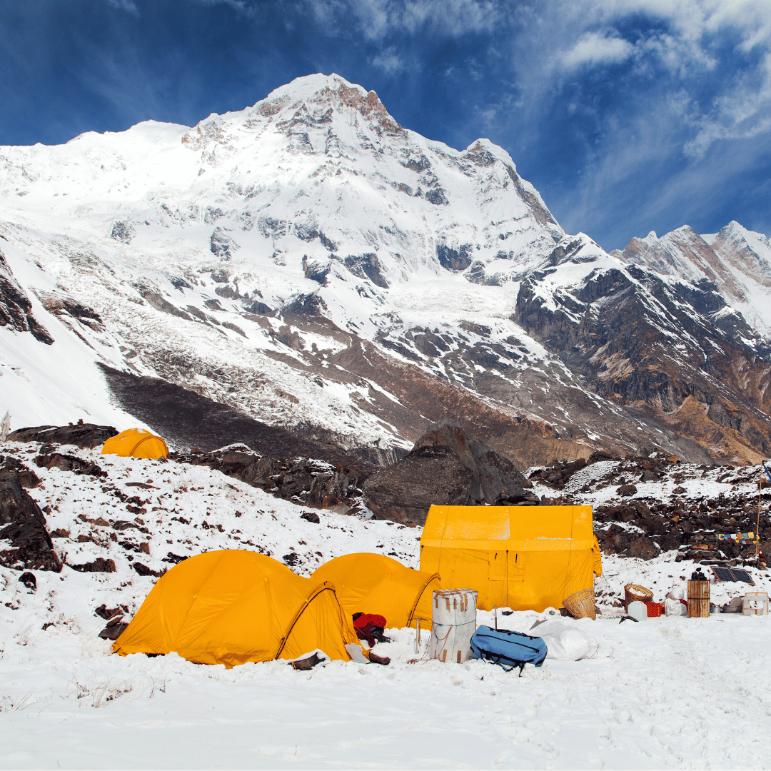
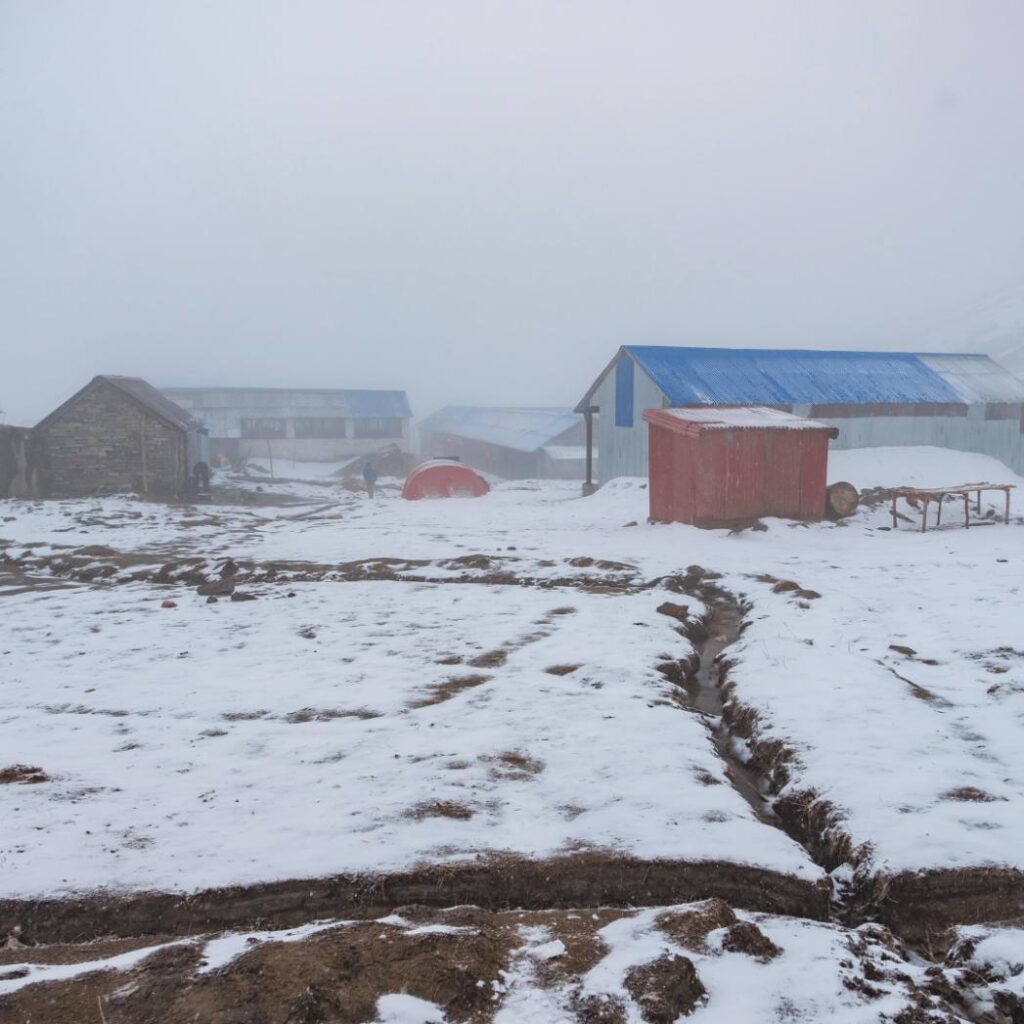
Annapurna Base Camp Trek vs. Everest Base Camp Trek: A Comparison
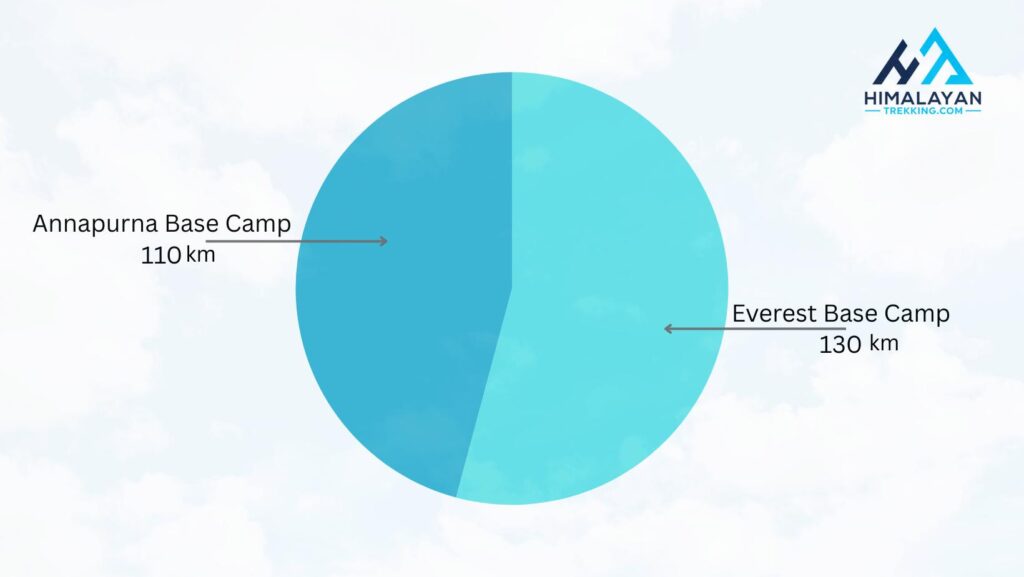
Location
The Annapurna Base Camp Trek is in the Annapurna Sanctuary region of the Himalayas in Nepal. Here, you will see stunning views of the Annapurna mountain range, dense green forests, and diverse flora and fauna.
The Everest Base Camp Trek is in the Khumbu region of Nepal, near Mount Everest. Trekkers can explore the unique Sherpa culture, high-altitude landscapes, and breathtaking views of the world’s famous highest peak.
Both treks offer a glimpse of the natural beauty and challenging terrain of the Himalayas. They provide adventurers with unforgettable experiences in different parts of Nepal.
Difficulty Level
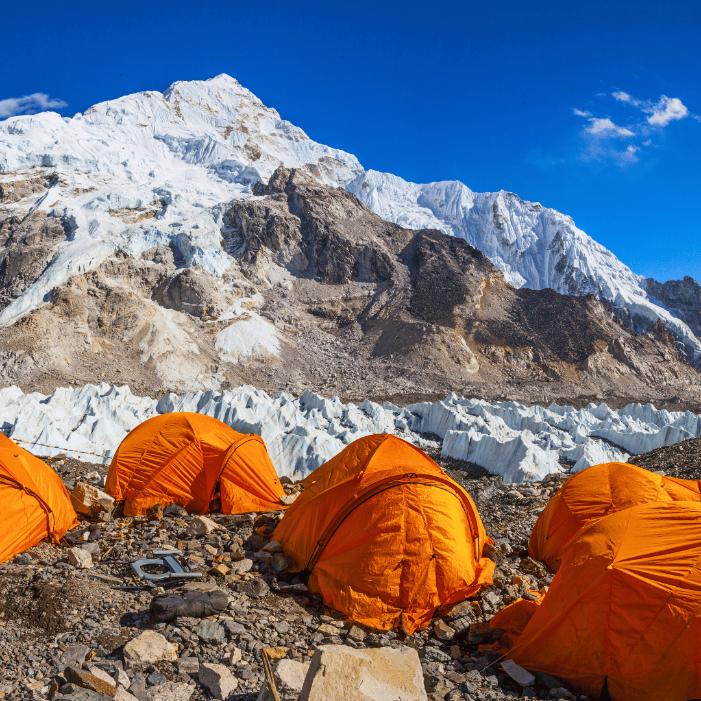
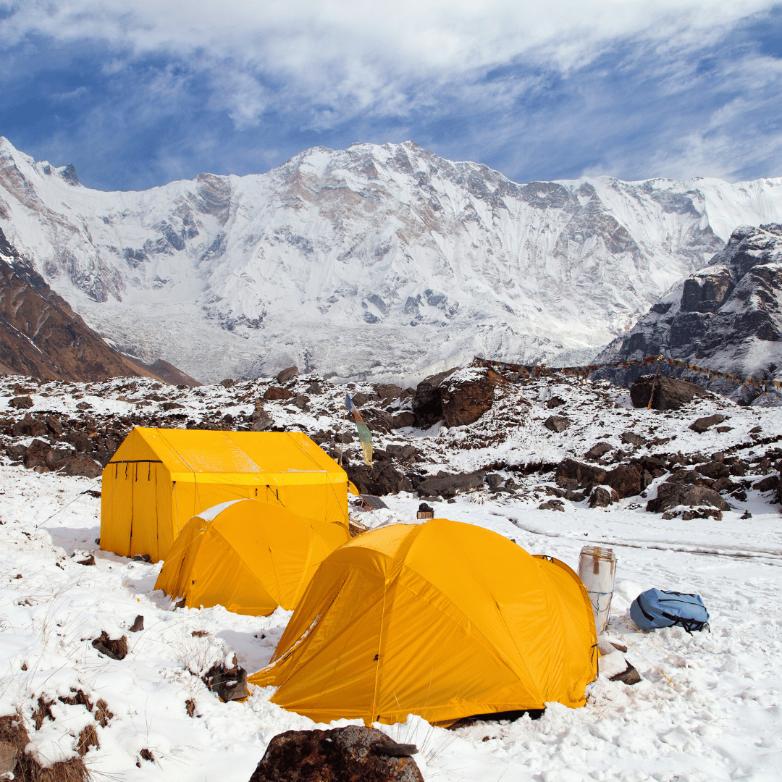
The Annapurna Base Camp Trek is less difficult than the Everest Base Camp Trek. Here’s why:
- Altitude, terrain, and duration affect how challenging a trek is.
- Annapurna Base Camp is at a lower altitude, making it easier on the body due to more oxygen.
- The terrain in Annapurna is gentler compared to the rough trails of Everest.
- The duration of the Annapurna trek is shorter, allowing for gradual acclimatization.
- The Everest Trek requires more walking and acclimatization, making it more physically demanding.
Scenery
When talking about the scenery for Annapurna Base Camp Trek vs. Everest Base Camp Trek, we can see a lot of differences. Hikers heading for the Annapurna Base Camp Trek can expect diverse scenic views. They range from amazingly beautiful rhododendron forests to snow-covered, magnificent peaks.
Those trekking to Everest Base Camp will encounter uneven landscapes. The area is filled with pretty Sherpa villages.
The Annapurna region offers more varied vegetation and colorful landscapes. In contrast, the Everest region is barren yet astonishing in its beauty.
Popular photo spots along both treks include:
- The stunning sunrise views from Poon Hill on the Annapurna trek
- The panoramic vistas of Mount Everest from Kala Patthar on the Everest trek
These photo opportunities allow trekkers to capture the breathtaking scenery. It showcases the natural beauty that defines these iconic Himalayan trails.
Annapurna Base Camp Trek Highlights comparing with the Everest Base Camp Trek
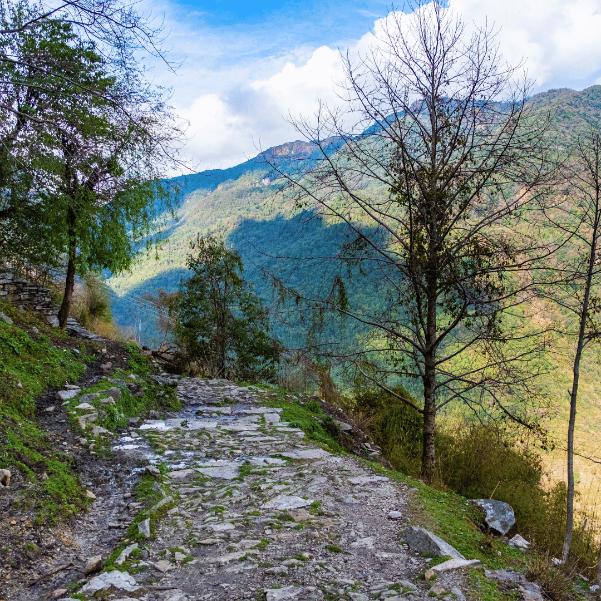
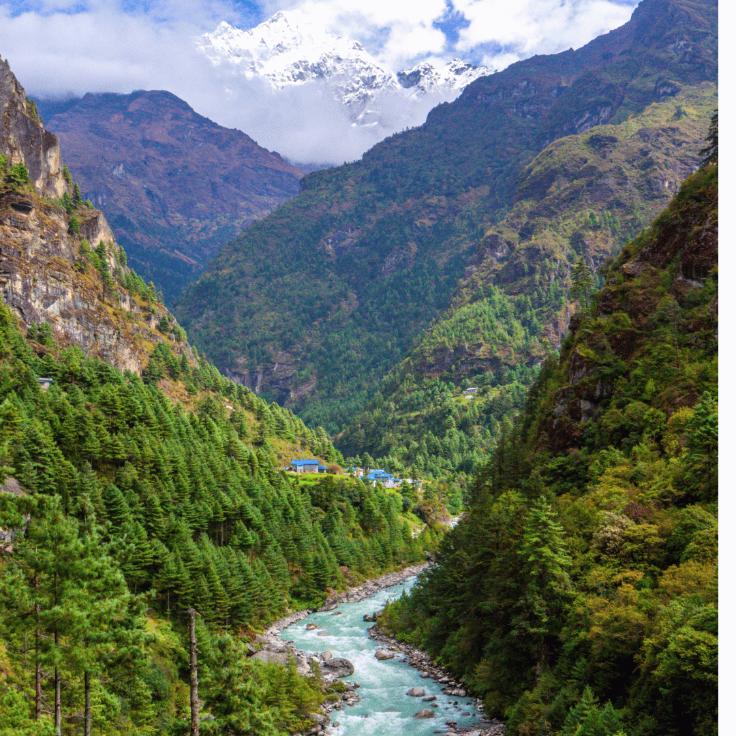
- Panoramic Views
The Annapurna Base Camp Trek offers panoramic views of the Annapurna mountain range, Machapuchare, and the diverse landscapes. Throughout the trek, you can enjoy a rich variety of natural beauty.
On the other hand, the Everest Base Camp Trek presents panoramic views of Everest, Lhotse, Nuptse, and the Khumbu Glacier. The Annapurna trek has dense greenery and terraced fields, while the Everest trek has rough terrain with snow-capped peaks that look beautiful.
When talking about Annapurna Base Camp Trek vs. Everest Base Camp Trek, both treks provide unique panoramic views of the Himalayas, each capturing the essence of this mountain range. These journeys are memorable and visually captivating, perfect for adventure and nature enthusiasts.
- Variety of Terrain
Hikers on the Annapurna Base Camp Trek can expect different terrain. They will encounter dense green forests, terraced fields, and alpine meadows. The trail passes through charming villages, giving a peek into local culture and the way of life over there.
The Everest Base Camp Trek, on the other hand, has a rougher landscape. It includes rocky paths, icy glaciers, and barren moraines. This trek goes through high-altitude areas, offering panoramic views of the world’s tallest peaks.
When talking about Annapurna Base Camp Trek vs. Everest Base Camp Trek, while they both have stunning scenery, the Annapurna region provides a wider variety. It ranges from subtropical forests to snowy peaks, offering very rich natural scenes for trekkers to enjoy.
- Cultural Experience
Engaging with the local culture on the Annapurna Base Camp Trek vs. Everest Base Camp Trek, they both offer unique insights.
Interacting with local villagers and experiencing traditional dances and rituals provided a firsthand look at Nepal’s rich cultural heritage.
Visiting ancient monasteries, participating in local festivals, and trying authentic cuisine immersed trekkers in local customs.
This cultural aspect added depth to the trekking experience, offering a deeper connection to the land and its people.
By embracing the cultural richness, trekkers can gain a greater appreciation for the environment and the communities in these majestic mountains.
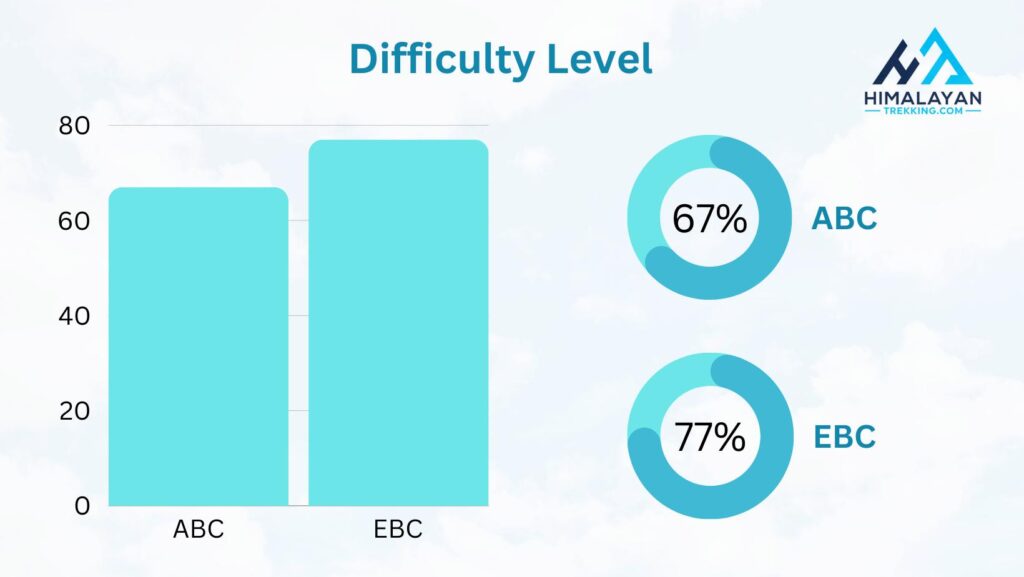
Everest Base Camp Trek Highlights
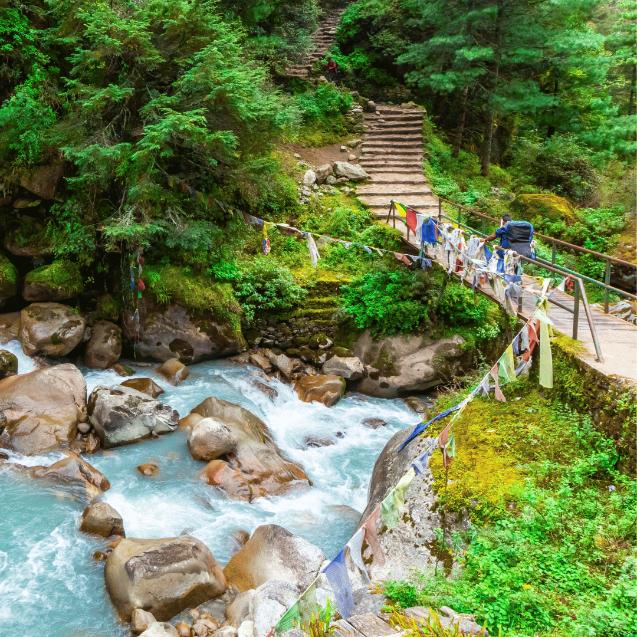
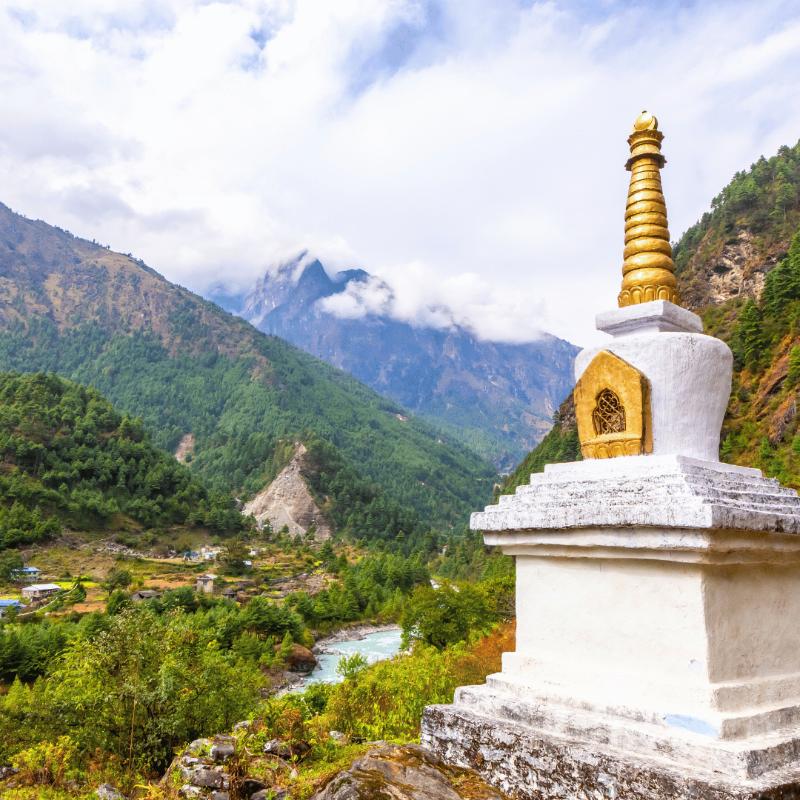
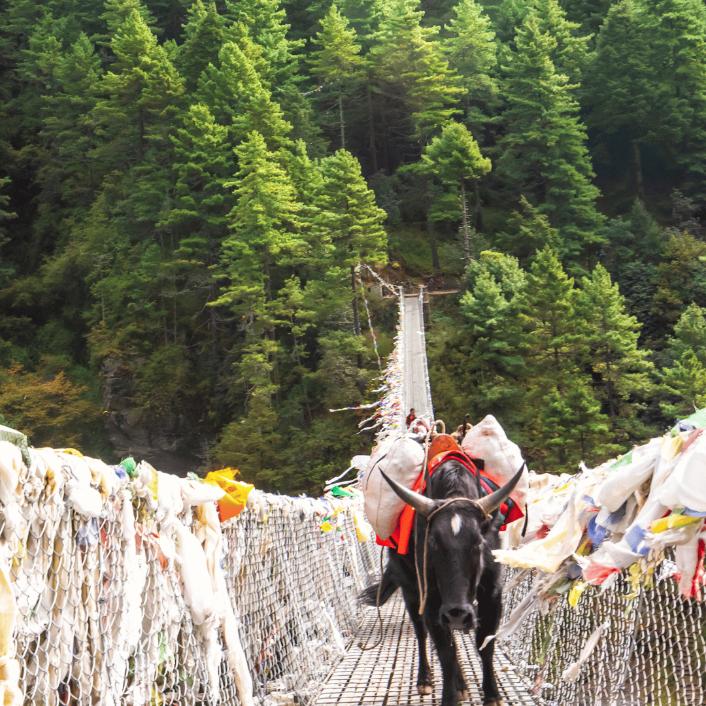
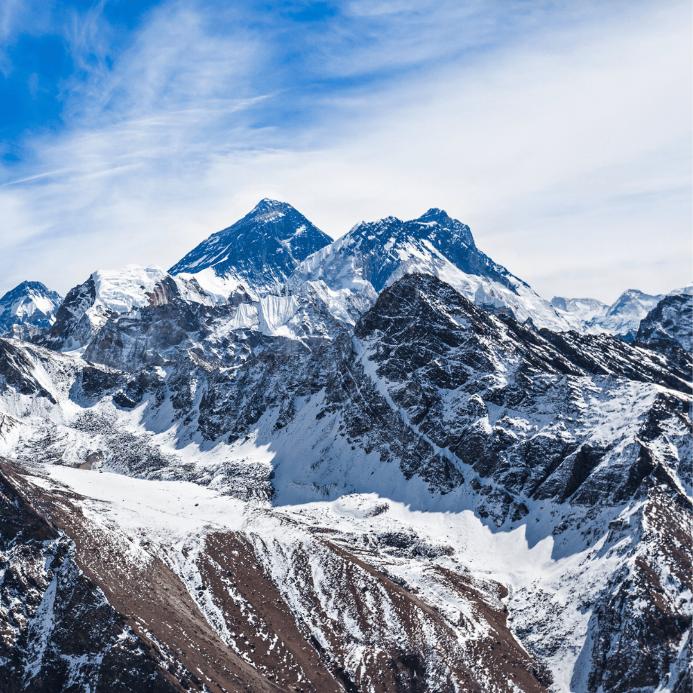
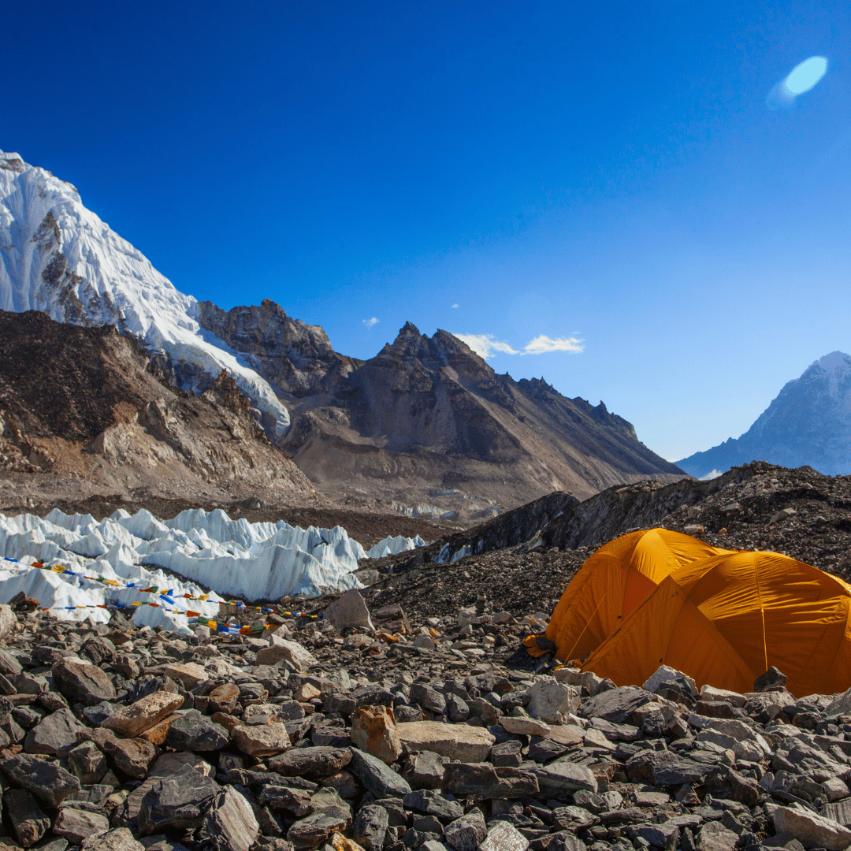
- Close-up Views of Everest
Get ready to be amazed at the close-up views of Everest. It reveals its majestic peak in all its glory. The complete magnitude and beauty of the world’s tallest mountain become apparent. The intricate details of the snow-capped summit, surrounding peaks, and rugged terrain offer the most inspiring perspective.
Being in such close proximity during the trek allows trekkers to deeply appreciate nature’s grandeur. It helps in gaining a better understanding of the mountain’s significance. This intimate experience adds a sense of accomplishment to the journey. It also creates a profound connection with the mountain and its surroundings.
The close-up views of Everest serve as a constant reminder of the challenges faced and overcome during the trek. This makes the entire experience more meaningful and rewarding.
- Sherpa Culture
Sherpa culture shapes the Everest Base Camp Trek. It affects the experience and daily life of trekkers. The Sherpa people are skilled in mountaineering. They value the environment and follow traditional customs. This adds a unique touch to the trek. Their influence goes beyond the trails. It impacts the local community through rituals like prayer flags and celebrations. These traditions promote unity and well-being. Sherpa culture is evident in various aspects of trekking.
For example, yak caravans are used for transport. Stupa shrines dot the trekking route. Local Sherpa families run tea houses. These practices preserve their heritage and enhance the Himalayan exploration experience.
- Khumbu Glacier
The Khumbu Glacier is changing due to climate change. It’s melting and shrinking. Trekkers should be careful of hidden dangers like crevasses under the ice. To stay safe, they need good equipment, expert guides, and knowledge of the route. Scientists are studying the glacier’s movement, melting, and the effects of climate change on its health. This research helps us learn about the glacier and the impact of climate change in the area.
Accommodation Options
Accommodation options along the Annapurna Base Camp Trek and Everest Base Camp Trek routes vary.
While comparing the Annapurna Base Camp Trek vs. Everest Base Camp Trek, both treks offer similar types of places to stay, including tea houses, lodges, and basic guesthouses.
However, the Everest Base Camp Trek has a wider range of choices and more luxurious options than the Annapurna Base Camp Trek.
In terms of comfort, Everest Base Camp offers more amenities like attached bathrooms, hot showers, and electric blankets.
On the other hand, the Annapurna Base Camp Trek may have more basic facilities with shared bathrooms and limited hot water.
Accommodation costs are generally higher on the Everest Base Camp Trek due to the demand for more upscale lodges.
The Annapurna Base Camp Trek is usually more budget-friendly.
When deciding between the two routes, trekkers should consider their preferences for comfort, amenities, and budget.
Best Time to Trek
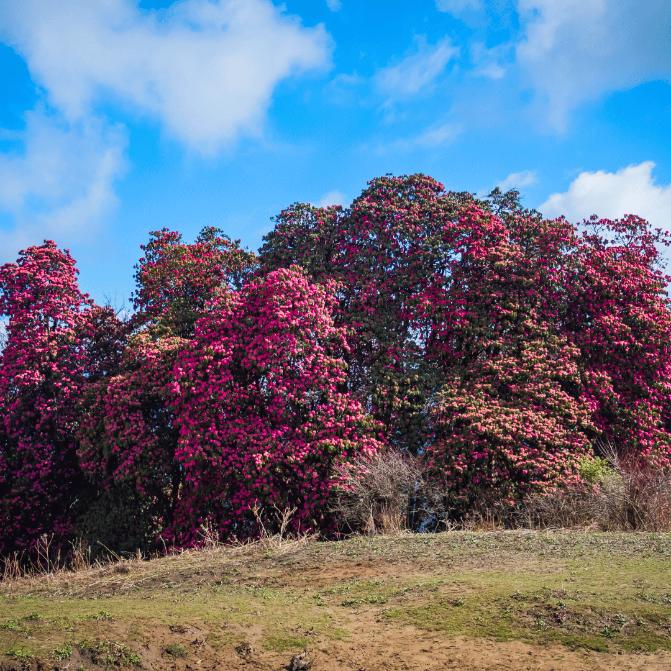
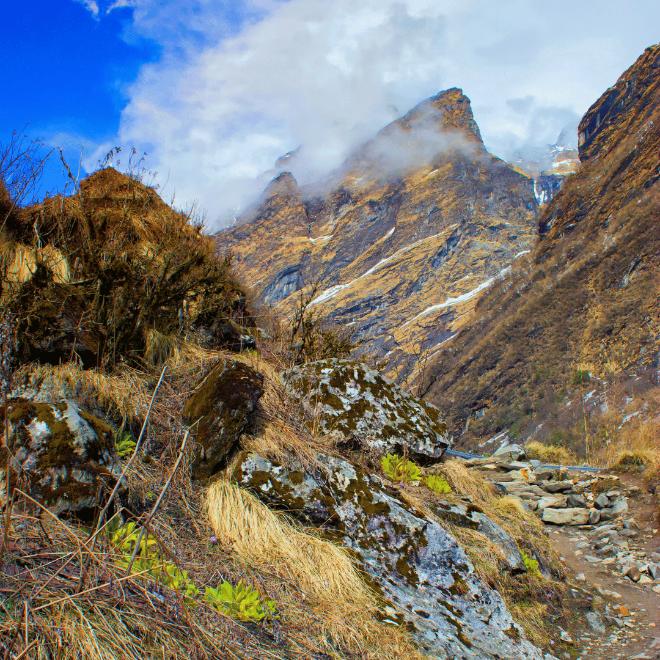
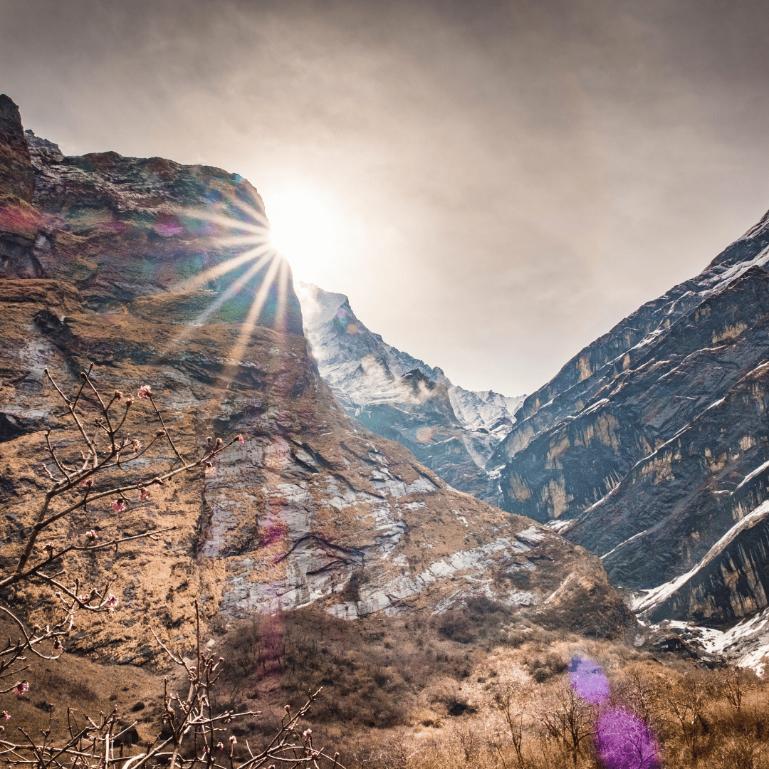
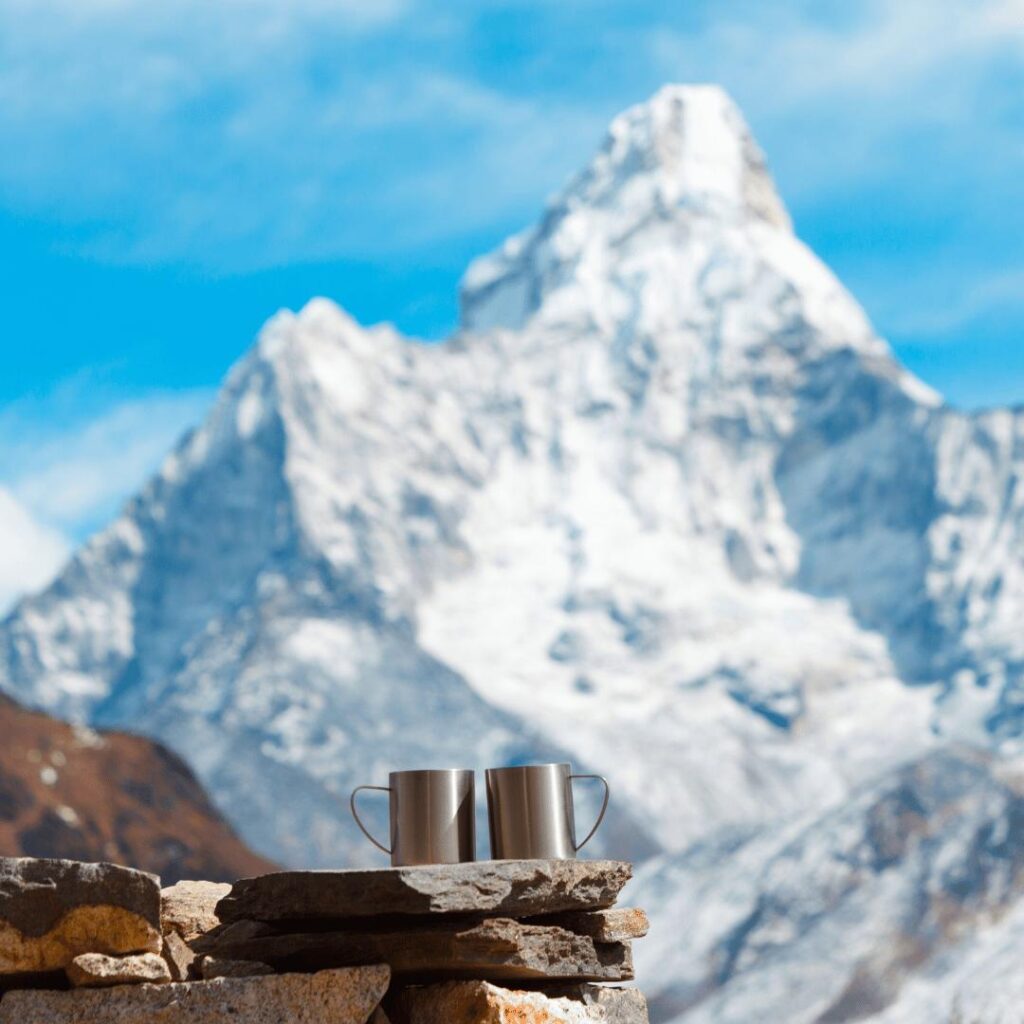
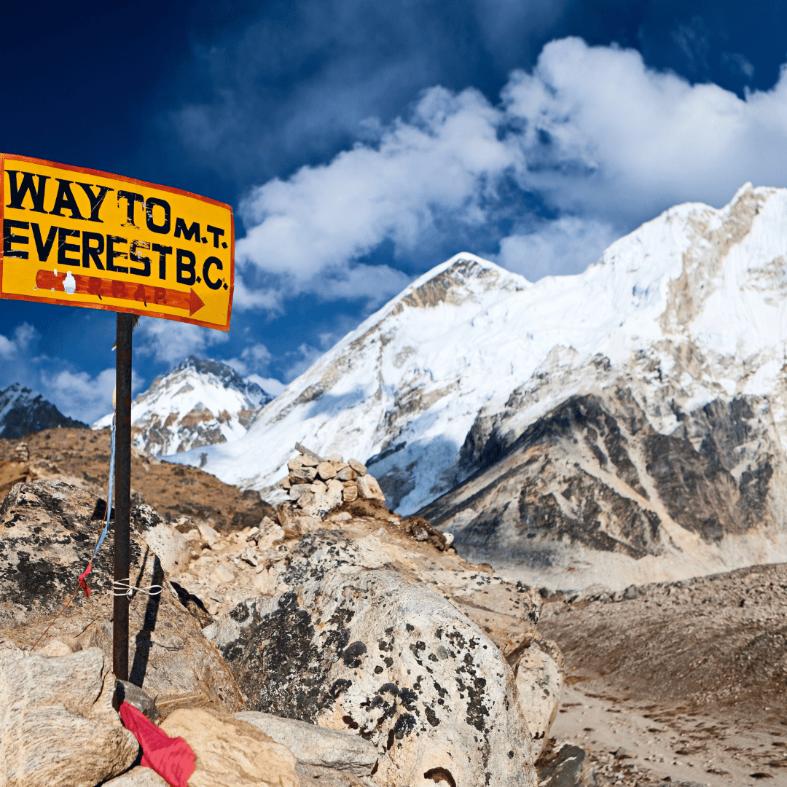
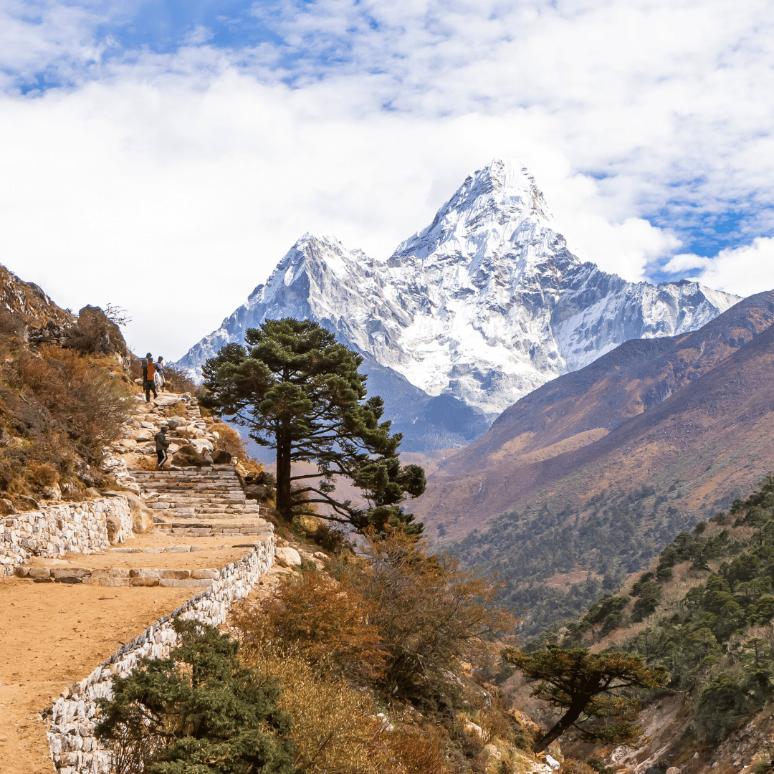
The best time to trek while comparing the Annapurna Base Camp Trek vs. Everest Base Camp Trek, there isn’t much debate. For the Annapurna Base Camp Trek and the Everest Base Camp Trek, it is important to consider weather conditions throughout the year.
Different seasons impact visibility and safety on these treks. Autumn (September to November) is generally ideal, with clear skies and moderate temperatures. Spring (March to May) also offers pleasant weather and blooming rhododendrons along the trails.
However, the monsoon season (June to August) brings heavy rainfall and slippery trails, making trekking challenging and potentially dangerous. Winter (December to February) can pose risks of snowstorms and extreme cold at higher altitudes.
Considering these seasonal variations is important when planning a trek for an enjoyable and safe experience.
Cost Comparison
The Annapurna Base Camp Trek costs less than the Everest Base Camp Trek. Prices can vary based on the operator and season.
Overall expenses for permits, accommodations, meals, and transportation are usually cheaper for the Annapurna trek. However, don’t forget about other costs like gear rentals, travel insurance, and tips for guides and porters. These additional expenses can accumulate during the trek.
Consider these hidden costs when comparing the total expenses of the Annapurna and Everest Base Camp Trek for a more accurate assessment.
Final thoughts
Are you deciding between trekking to Annapurna Base Camp or the Everest Base Camp Trek?
Annapurna Base Camp has a shorter trek and stunning views of Machapuchare and Annapurna peaks.
Everest Base Camp is a more challenging trek with views of Mount Everest, the world’s highest peak.
When choosing between these two destinations in Nepal, it is recommended to think about your fitness level, trekking experience, and scenery preferences.
FAQ
What is the difference in difficulty level between Annapurna Base Camp and Everest Base Camp trekking?
While comparing the Annapurna Base Camp Trek vs. Everest Base Camp Trek, the Annapurna Base Camp trek is generally considered less difficult than the Everest Base Camp trek. The Annapurna trek involves less elevation gain, a shorter duration, and milder weather conditions compared to the Everest trek.
Which trek offers better views? Annapurna Base Camp or Everest Base Camp?
Both Annapurna Base Camp and Everest Base Camp Trek offer stunning views, but Everest Base Camp provides more dramatic views of the world’s tallest peak, Mount Everest. Annapurna Base Camp offers diverse landscapes with closer views of the Annapurna Range.
Are there any altitude sickness concerns when trekking to Annapurna Base Camp or Everest Base Camp?
Yes, there are altitude sickness concerns when trekking to Annapurna Base Camp or Everest Base Camp. It is important to acclimatize properly, stay hydrated, and descend if symptoms persist. Consider taking Diamox medication as a preventive measure.
What is the best time of year to trek to Annapurna Base Camp or Everest Base Camp?
The best time to trek to Annapurna Base Camp or Everest Base Camp is during the pre-monsoon season in Nepal, from late September to early November. This time offers clear skies, moderate temperatures, and stunning views of the Himalayas.
Which trekking route offers more cultural experiences – Annapurna Base Camp or Everest Base Camp?
Annapurna Base Camp offers more cultural experiences compared to Everest Base Camp, with encounters with various ethnic groups like the Gurungs and Magars, and visits to traditional villages like Ghandruk.
Send an Enquiry
Error: Contact form not found.
© 2025 - Himalayan Trekking and Tours (P) Ltd. All Rights Reserved.

